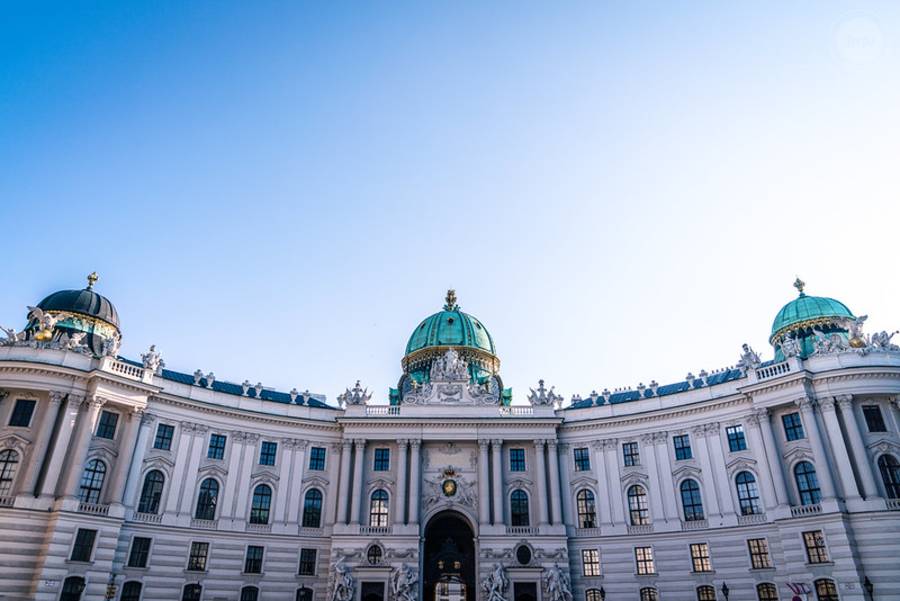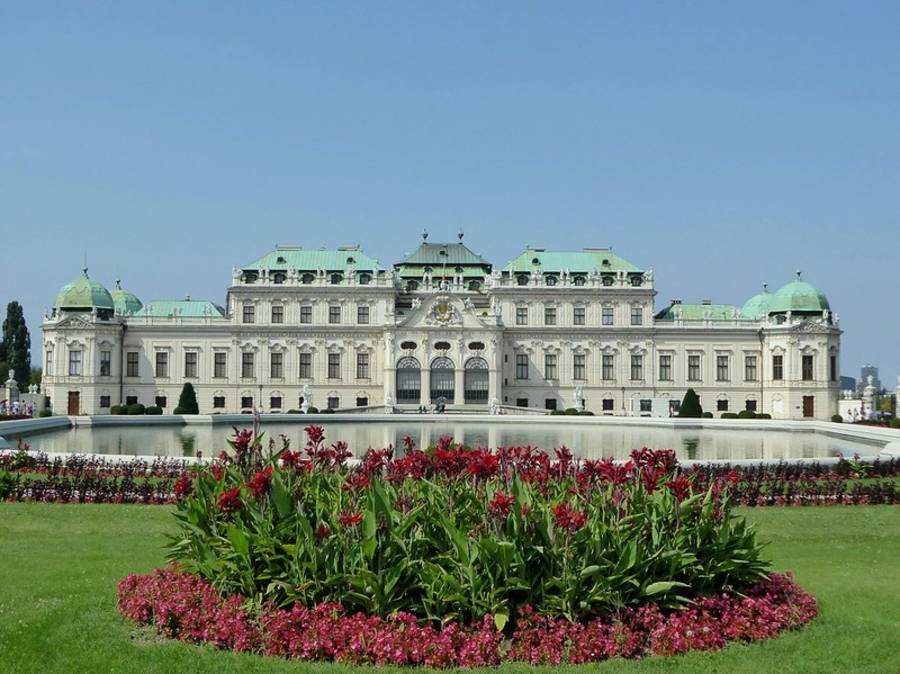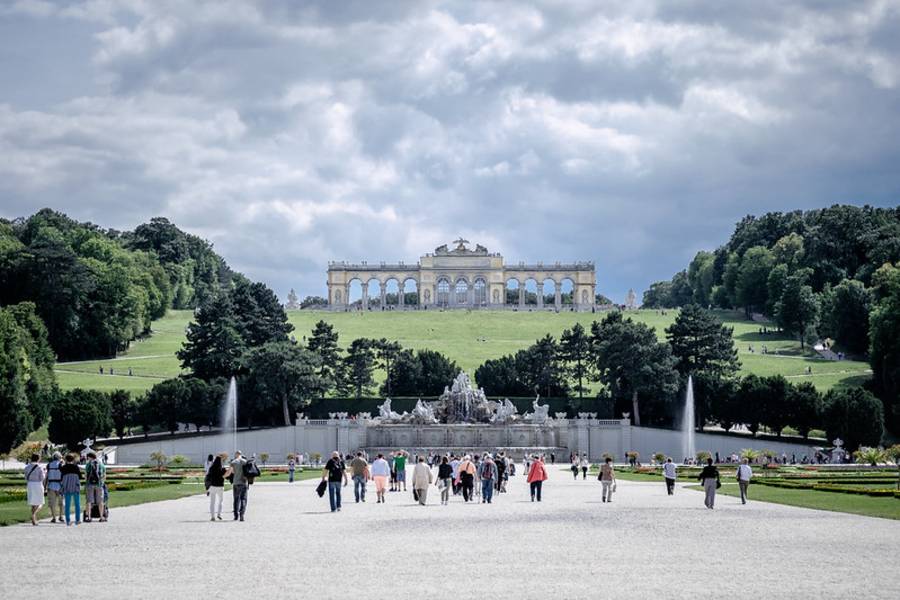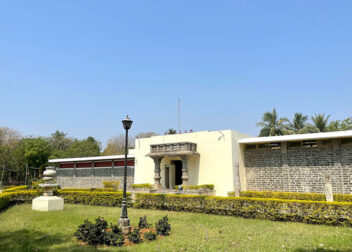Vienna’s Many Castles
Vienna’s Many Castles. Vienna is full of them. Small ones, big ones, summer palaces, winter palaces, minor castles and the important residences of Habsburg rulers are long gone. In fact, there are apparently 177 palaces and castles in Vienna, all waiting to be discovered. It is probably not the best city to visit if you’re suffering from an architecture overload. If you get a headache from just looking at your Google searches, do not worry, here are the three most important ones:
The Hofburg

If you thought the 177 palaces were confusing, you are in for another treat at the Hofburg, Vienna’s complex and grand imperial winter palace. Built-in the 13th century, the palace grew with the rising Habsburg dynasty, only ending in 1913, when the newest addition, the New Castle, was completed. Over the centuries, each emperor added his own wings, stables, halls, treasuries, museums, libraries, squares, and statues. The finished Hofburg palace can only be described as a city within a city.
Today, the Hofburg is the official residence of Austria’s president and home to several attractions. The main ones including the treasury, where one can indulge in some of the most impressive jewels, gowns, swords, and scepters on the continent. There is even a unicorn horn (more likely a narwhal tusk, but who am I to destroy your romantic dreams), which is supposed to have some magical mojo powers. The palace grounds also include the imperial chapel, where Vienna’s boy choir sings at mass each Sunday, the Spanish Riding School, where horse lovers can sit through impressive performances and training sessions and the imperial apartments, where the famous emperors and empresses once lived.
And of course, there are the museums, the most popular one being the Sisi museum. It is dedicated to Elizabeth, called Sisi, Franz Josef’s wife, and one of the most romanticized and tragic figures in history. Apart from being repressed by an evil mother in law and being very good at riding, she was also legendarily beautiful and spent copious amounts of time maintaining her Barbie-doll waist and getting her floor-length hair brushed by servants.
I found the Hofburg to be a slightly dark and depressing place, with a forbidding aura and a grim design. One side of the building seems to have been turned into a big parking lot, which takes away a lot of the beauty of the palace. The gardens and green parts are small and the gloomy facades dominate. I didn’t spend much time there and it was honestly my least favorite of the three palaces.
Schönbrunn Palace

The Schönbrunn palace is probably the most famous attraction in Vienna and a complete opposite of the dark and grim Hofburg. The imperial summer palace is done in a cheerful yellow ochre and even on a dark and rainy day, it is a beautiful place to visit.
The palace grounds are massive, housing an orangery, a palm house, a botanical garden, the Tiergarten (Vienna’s zoo and once the imperial menagerie), the Gloriette, a marble summer house on top of the hill and Roman ruins. Of course, the Roman ruins aren’t really Roman, but they were built during the romantic movement when it was considered fashionable to pile up unused building materials in the design of Rome’s ravaged grandeur.
The palace was the scene of great imperial balls, lavish banquets, and famous receptions. It was here that the 6-year old Mozart played before the assembled court, where Empress Maria Theresa held secret meetings with Prince Kaunitz and where the last of the Habsburg rulers signed a document, renouncing his participation in the affairs of state. Schönbrunn has 1441 rooms, 40 of which can be visited and are kept in the original rococo style.
Belvedere Palace

The Belvedere Palace consists of two baroque buildings, a stable and another orangery (the Austrians seemed to be fond of those…). Commissioned by one of Austria’s most famous military commanders, Prince Eugene of Savoy, it also served as the residence for the heir to the throne in later years.
Although the lower palace, where the former living quarters were located, is impressive in its own right, it is the much grander upper palace, with was used for balls and receptions, that captivates most.
This turned out to be my favorite of the three palaces. It’s not as grand as the Hofburg or as impressive as Schönbrunn, but due to being less important, it also has far fewer visitors and therefore is less crowded. Belvedere Palace has a beautiful French-style garden with a lot of decorative pools and hedges cut to perfection, where one can go on a stroll and enjoy some greenery in a big international city.



